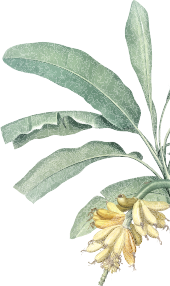
Coconut: more than just a fruit
The coconut palm is celebrated for its versatility. In some cultures, it is venerated as the “tree of life” for its varied functionality as almost every part of the tree can be used. While some Europeans branded the coconut as a lazy man’s crop during the colonial period, its cultivation provides a range of economic and social benefits. An unripe coconut contains refreshing water but as it ripens, the liquid reduces and a jelly-like layer emerges. Beyond just consumption, coconuts also provide coir, a fibre extracted from its husk which can be used to make rope, mats and household items.
Although called “coconut,” it is botanically classified as a drupe, a fruit with a hard covering that encloses a seed. But in reality, it sits somewhere between a fruit, seed and nut and we see that transition in the cake, salad and curry recipes below. Though its origins are subject to debate, there is some evidence that suggests it is native to Malesia, a region that includes Southeast Asia, Indonesia, Australia, New Guinea, and several Pacific Island groups.
In India, coconuts form a staple part of local cuisines, particularly in southern regions of the country. Coconut chutney, which uses freshly grated coconut, is served as a condiment and is often paired with dosas, idlis and other rice dishes. Aside from its use in savoury dishes, it also features in desserts like the famous Bebinca, a layered Goan delicacy. Toddy, an alcoholic beverage consumed predominantly in Kerala, uses sap extracted from a coconut palm tree which is then fermented.
Before electric graters were introduced, grating coconuts was a laborious process where a cut coconut was pressed to a blade and then rotated with the application of pressure. Despite advancements in technology, some households still opt to use manual graters, perhaps as a way to keep the tradition going.





Share It Now...